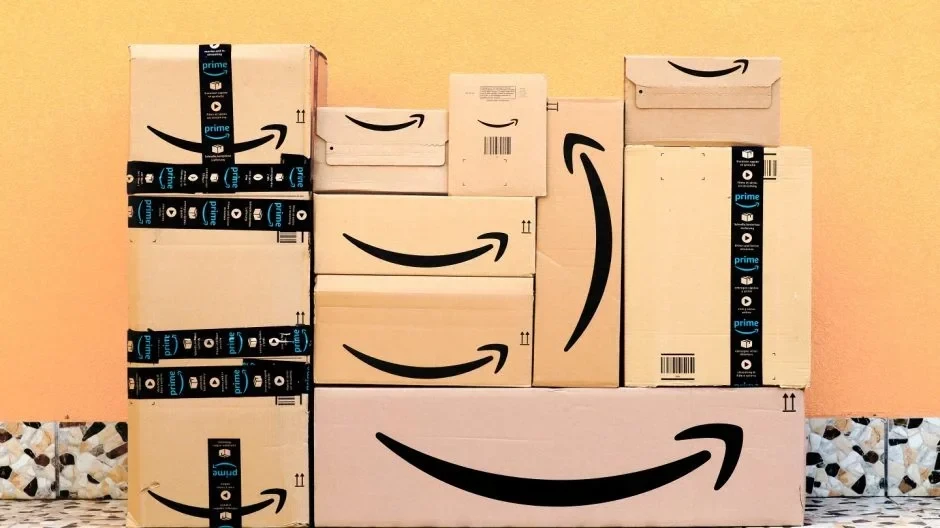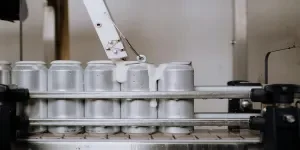The model helps Amazon meet its sustainability goals while making deliveries more efficient.

US e-commerce retailer Amazon has developed an AI-driven model, the Package Decision Engine, designed to optimise packaging efficiency for customer orders.
This innovation aims to ensure that purchases arrive in the most suitable packaging, reducing waste and enhancing delivery processes.
The Package Decision Engine, built on Amazon Web Services, employs a multistep process to analyse each item.
Initially, products are imaged in a computer vision tunnel at Amazon’s fulfilment centres to ascertain dimensions, identify defects, and capture various angles, even recognising if an item is already boxed or contains exposed glass.
The AI model also utilises natural language processing to process text data, including product names, descriptions, prices, and packaging dimensions.
It further integrates near-real-time customer feedback from Amazon’s Online Returns Center, reviews, and other channels.
The multimodal AI model leverages a combination of deep machine learning, natural language processing, and computer vision to predict when items such as blankets require less protective packaging or when fragile goods, including dinner plates, need sturdier boxes.
This AI application aligns with Amazon’s sustainability ambitions, contributing to a reduction of more than two million tonnes of packaging material globally since 2015.
Prior to using AI, the retailer relied on manual testing to determine packaging optimisation, a method that was reportedly not scalable.
Amazon Packaging Innovation team technology products senior manager Kayla Fenton said: “We wanted the ability to quickly identify the most efficient packaging option for each item, while also predicting how safely each product would ship.
“The use of AI through the Package Decision Engine has allowed us to advance our packaging efficiency work at scale quickly, and it has worked so well that we’re implementing this technology across Amazon’s broader global footprint.”
Meanwhile, a new study titled ‘Amazon’s United States of Plastic,’ by Oceana revealed that Amazon was responsible for producing approximately 208 million pounds of plastic packaging waste, marking a 9.6% rise from the previous year.
Source from Packaging Gateway
Disclaimer: The information set forth above is provided by packaging-gateway.com independently of Alibaba.com. Alibaba.com makes no representation and warranties as to the quality and reliability of the seller and products.



